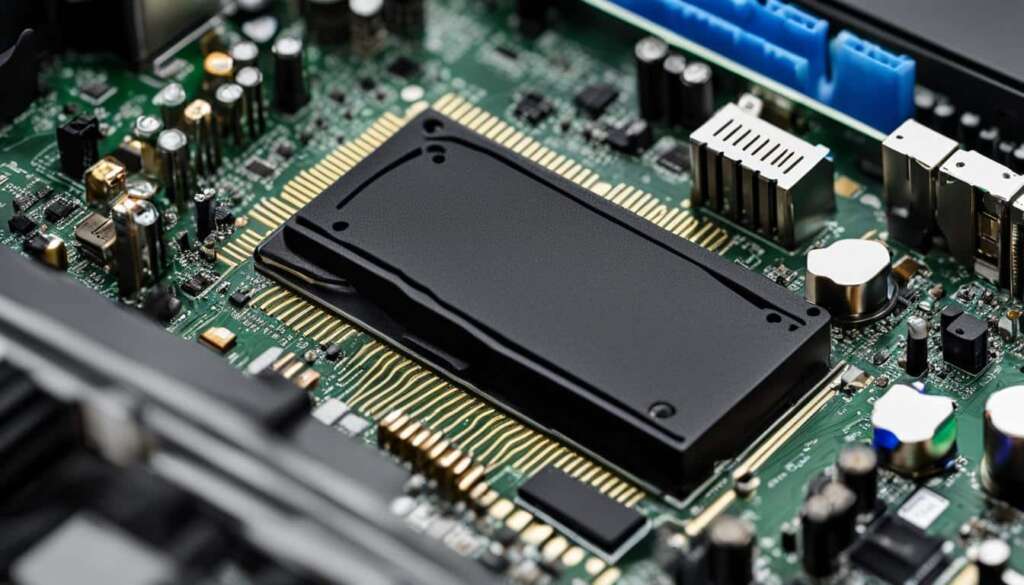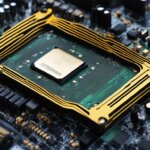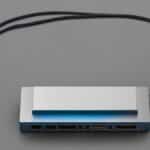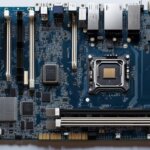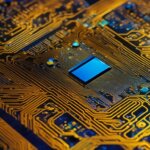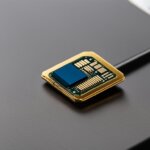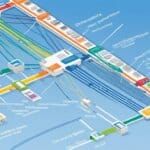Table of Contents
If you’re interested in networking, you must be familiar with the term ‘network interface card’ (NIC). NIC plays a pivotal role in establishing connectivity between computers and the network. It provides a communication interface between the network and the computer’s motherboard, enabling data transmission and reception.
NIC is a hardware component that connects a computer or a server to a network, allowing it to communicate with other computers on the network by transmitting and receiving data. In this article, we will explore the functions and importance of network interface cards, which are crucial for establishing connectivity within computer networks.
Key Takeaways
- Network interface card is a hardware component that connects a computer to a network and enables data transmission and reception.
- NIC facilitates communication between a computer and other computers on the network by transmitting and receiving data.
- Understanding the functions and importance of NICs is crucial for establishing connectivity within computer networks.
What is a Network Interface Card?
In the world of computer networking, a network interface card (NIC) is a hardware component that serves as the primary connection point between a computer and a network. NICs allow computers to transmit and receive data over a network, facilitating communication between devices in a network.
But what exactly is a network interface card, and what is its purpose?
To put it simply, a NIC is an expansion card that connects to a computer’s motherboard, providing a physical interface for network communication. It is responsible for converting digital data from the computer into signals that can be transmitted over a network cable, and vice versa. Without a functioning NIC, a computer cannot connect to a network or communicate with other devices on the network.
NICs can come in various shapes and forms, and older models were often built directly into a computer’s motherboard. Modern day computers, however, generally don’t include built-in NICs, which means they need to be installed separately.
“A network interface card (NIC) is a piece of hardware that enables communication between a computer and a network, facilitating the smooth transfer of data to keep networks running efficiently.”
How does a Network Interface Card Work?
When a computer sends data to another device on a network, the NIC processes the data and converts it into a series of electrical signals that can be transmitted over a network cable. The signal is then sent through the cable to the receiving device’s NIC, where it is reassembled into the original data.
Conversely, when a computer receives data from another device on a network, the NIC receives the signal and converts it back into digital data that the computer can understand. In essence, the NIC acts as a liaison between the computer and the network, enabling communication to take place smoothly and seamlessly.
In the next section, we will explore in detail the various functions and importance of network interface cards in ensuring efficient connectivity within networks.
Functions and Importance of Network Interface Cards
In the previous section, we introduced network interface cards (NICs) and explained their purpose in establishing connectivity within computer networks. In this section, we will explore the various functions and highlight the importance of NICs.
Facilitates Data Transmission and Reception
The primary function of a NIC is to facilitate data transmission and reception between a computer and a network. It does this by translating the data from the computer into a format that can be transmitted over the network and vice versa. Without a NIC, computers would not be able to communicate with each other over a network, rendering networks useless.
Address Resolution
NICs also perform address resolution functions. Every device on a network is assigned a unique Media Access Control (MAC) address. The NIC is responsible for identifying the MAC address of the intended recipient of data and directing the data to the correct device on the network.
Network Layer Protocols
NICs operate at the network layer of the OSI (Open Systems Interconnection) model and are responsible for implementing the network layer protocols, such as IP (Internet Protocol). These protocols are essential for managing the movement of data across a network and ensuring that each device is synchronized.
Importance of NICs
The importance of NICs in network connectivity cannot be overstated. NICs allow computers to communicate with each other, send and receive data, and access network resources. In the absence of NICs, networks would not exist, and computer communications would be limited to local files and folders.
Therefore, NICs are essential components of computer networks, enabling reliable and efficient connectivity between devices. It is crucial for network administrators to have a thorough understanding of NICs and the role they play in computer networks.
Conclusion
To sum up, understanding network interface cards (NICs) is crucial in establishing connectivity within computer networks. As we have explored in this article, NICs serve multiple functions, including facilitating data transmission and reception, address resolution, and network layer protocols.
Reliable and efficient connectivity is essential for any network, and NICs play a vital role in ensuring this. By enabling communication between a computer and a network, NICs provide the necessary connectivity for efficient data transfer.
Therefore, it is highly recommended that anyone working with computer networks has a comprehensive understanding of NICs. By doing so, one can optimize network performance and ensure effective communication between devices.
Overall, network interface cards may seem like a minor component of a computer network, but their importance cannot be overstated. They enable seamless communication between devices, making data transfer efficient and reliable. Hence, it is essential to understand the functions and significance of NICs in creating and maintaining a robust network infrastructure.
FAQ
What is a network interface card (NIC)?
A network interface card, or NIC, is a hardware component that enables a computer to connect to a network. It serves as the interface between the computer and the network, allowing data transmission and reception.
What are the functions of a network interface card?
Network interface cards perform several important functions within a computer network. They facilitate the transmission and reception of data, handle address resolution, and support various network layer protocols. NICs play a vital role in establishing and maintaining connectivity within networks.
Why are network interface cards important?
Network interface cards are crucial for enabling communication between computers and networks. They provide the means for transmitting and receiving data, allowing devices to share information and resources. Without NICs, computers would be unable to connect to networks and participate in data exchange.

